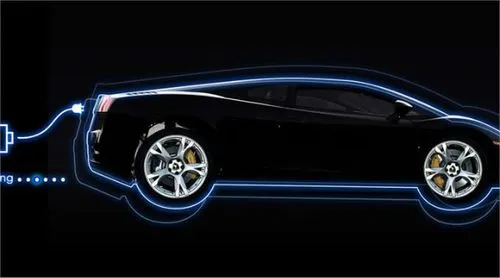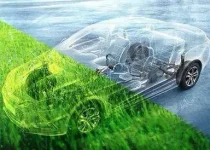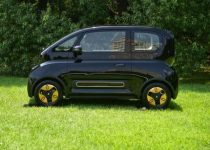How can vehicle-to-grid (V2G) technology benefit electric vehicle owners and the power grid?

Vehicle-to-grid (V2G) technology enables electric vehicles (EVs) to interact with the power grid, allowing them not only to draw electricity for charging but also to feed electricity back into the grid when needed. This bi-directional flow of energy can offer several benefits for both electric vehicle owners and the power grid:
- Grid stabilization: V2G technology can help stabilize the grid by providing additional power during peak demand periods or when there are temporary shortages in supply. This can reduce the need for costly and polluting peaker power plants, contributing to a cleaner and more stable energy system.
- Demand response: By participating in demand response programs, EV owners can allow their vehicles to be charged or discharged during specific times when electricity prices are low or high, respectively. This can help balance the grid and avoid overloading during peak demand periods, while also enabling EV owners to reduce their charging costs.
- Renewable energy integration: V2G technology can support the integration of renewable energy sources, such as solar and wind power, by storing excess energy when it’s abundant and feeding it back to the grid when needed. This can reduce the need for energy storage infrastructure and enhance the overall efficiency of renewable energy systems.
- Ancillary services: Electric vehicles can provide ancillary services to the grid, such as frequency regulation and voltage support, by adjusting their charging and discharging patterns. This can help maintain grid stability and reliability, while also providing additional revenue streams for EV owners who participate in these services.
- Emergency backup power: In the event of power outages or natural disasters, V2G-equipped electric vehicles can serve as a source of emergency backup power for homes or businesses, providing electricity when the grid is unavailable.
- Financial incentives: EV owners participating in V2G programs may receive financial incentives, such as reduced electricity rates, payments for providing grid services, or discounts on charging equipment. These incentives can help offset the costs of EV ownership and make electric vehicles more attractive to potential buyers.
- Optimized charging: V2G technology can enable more intelligent and efficient charging, allowing EVs to be charged when electricity demand is low and prices are more favorable. This can result in cost savings for EV owners and reduce the strain on the grid during peak demand periods.
While V2G technology has the potential to offer significant benefits, there are also challenges to consider, such as the need for widespread deployment of compatible charging infrastructure, concerns about battery degradation due to increased charging and discharging cycles, and the need for standardized communication protocols between vehicles and the grid. As research and development in this area continue, these challenges are expected to be addressed, making V2G technology an increasingly viable option for both electric vehicle owners and the power grid.


